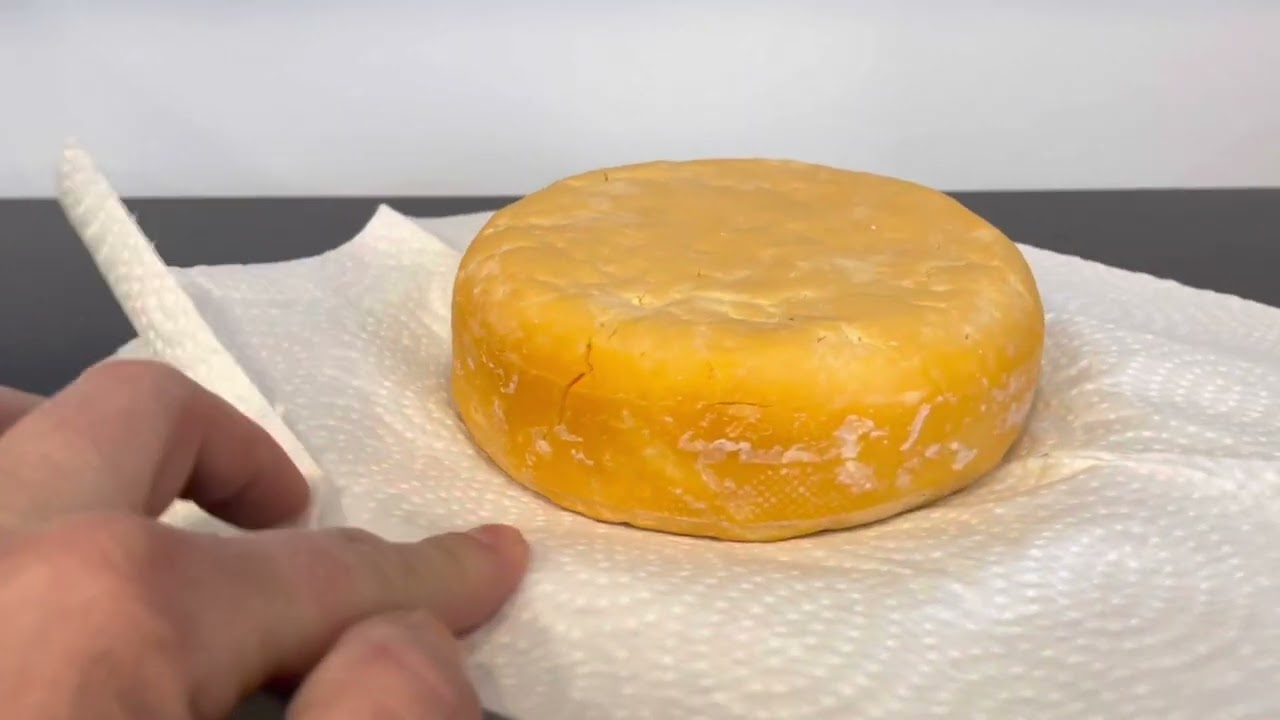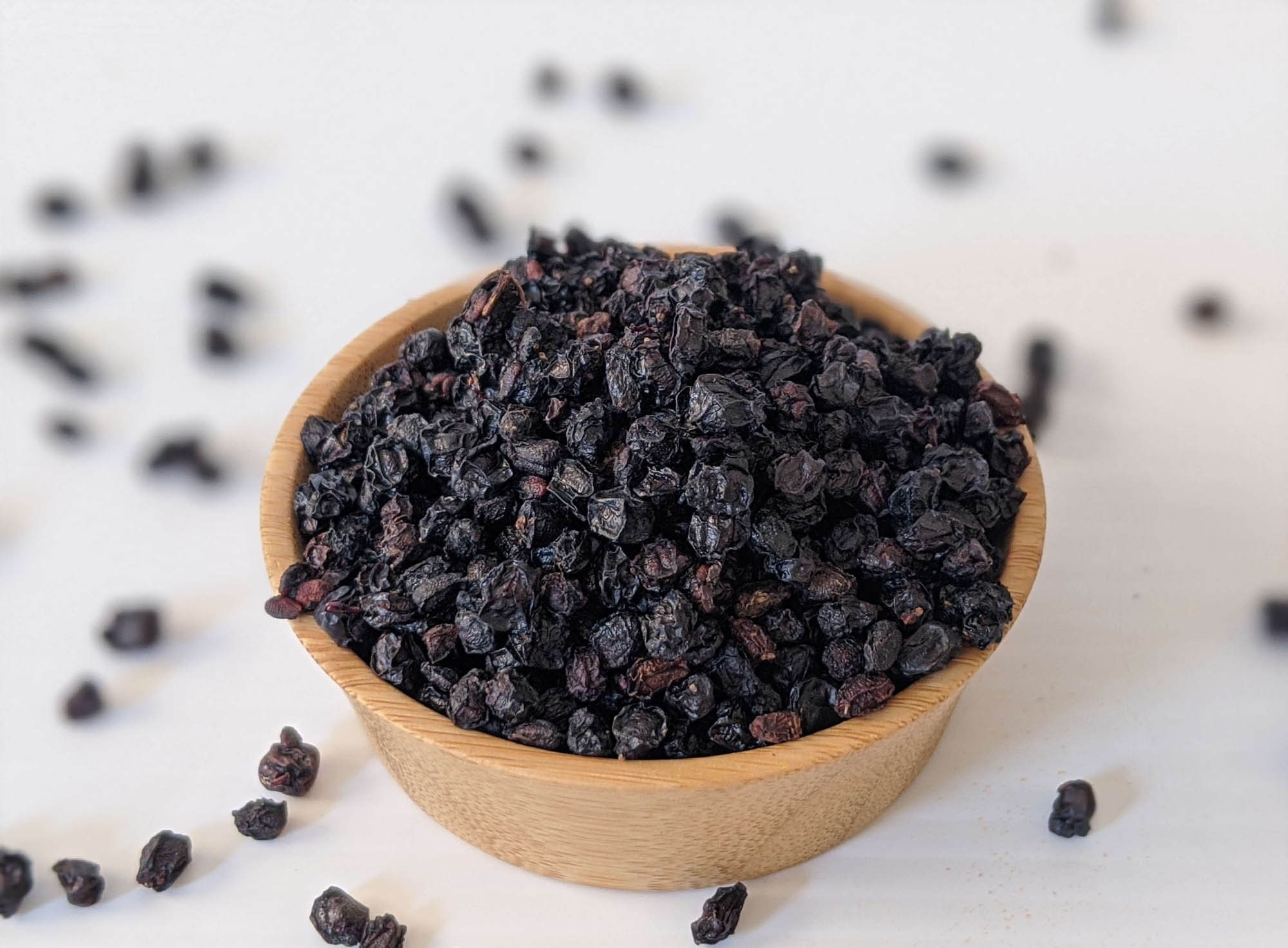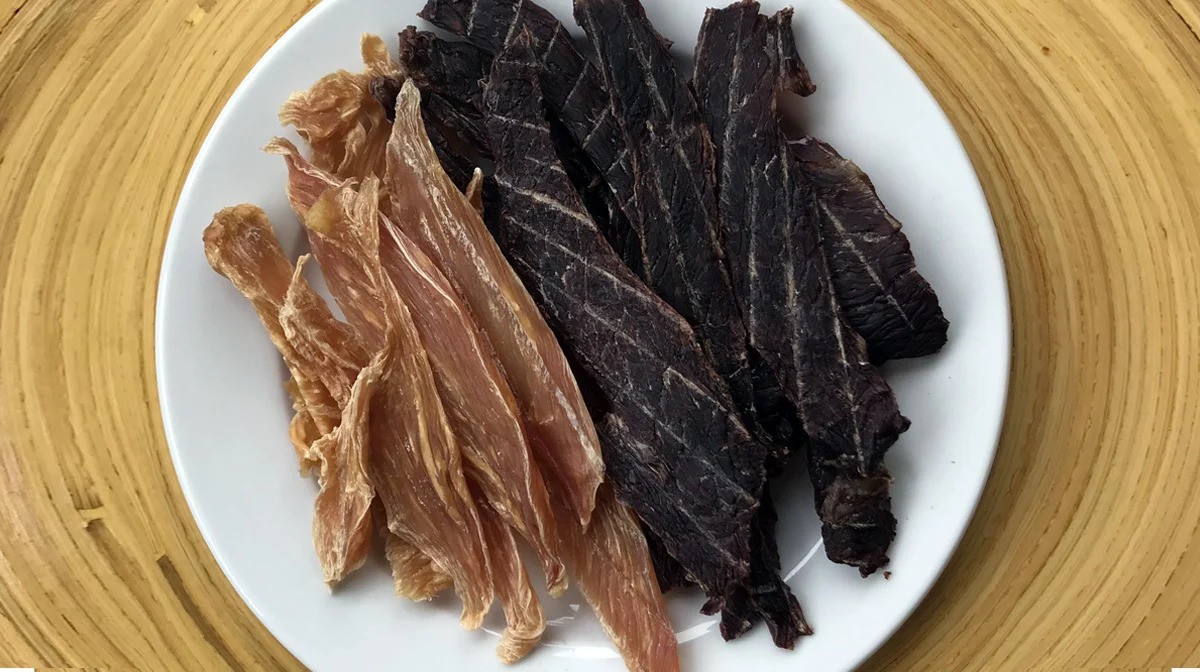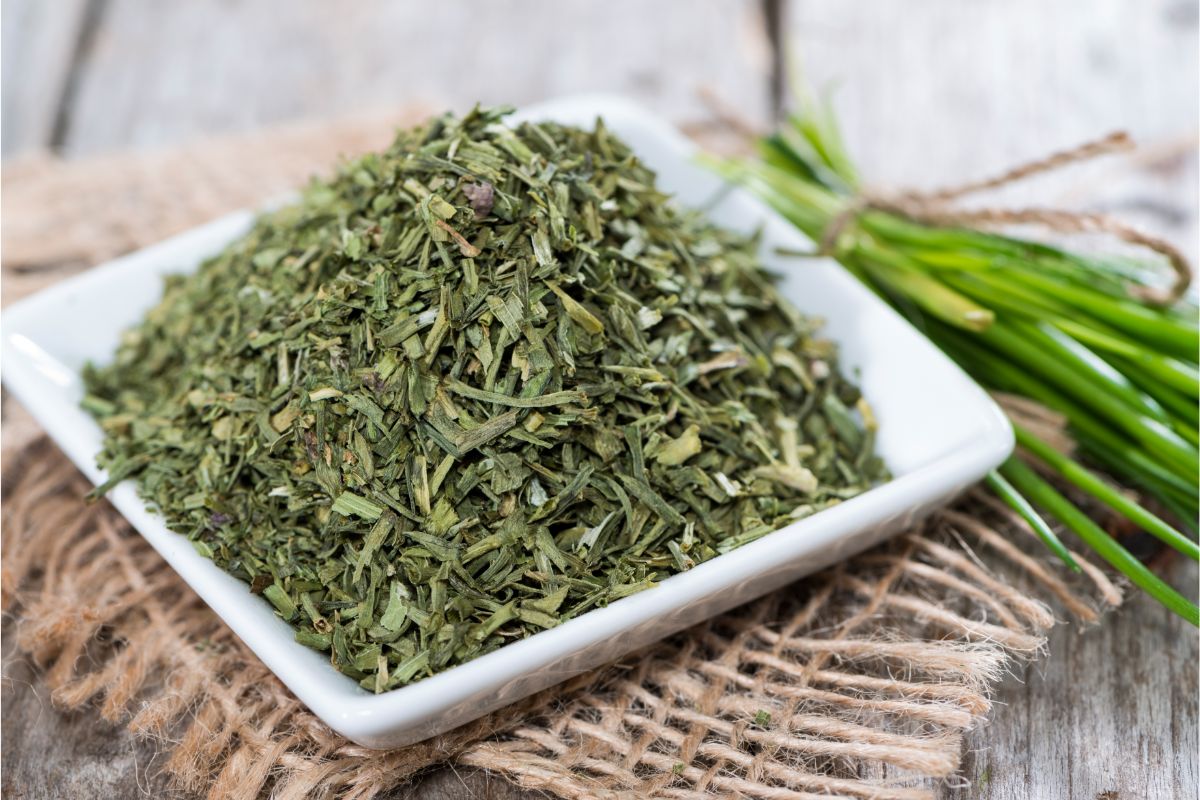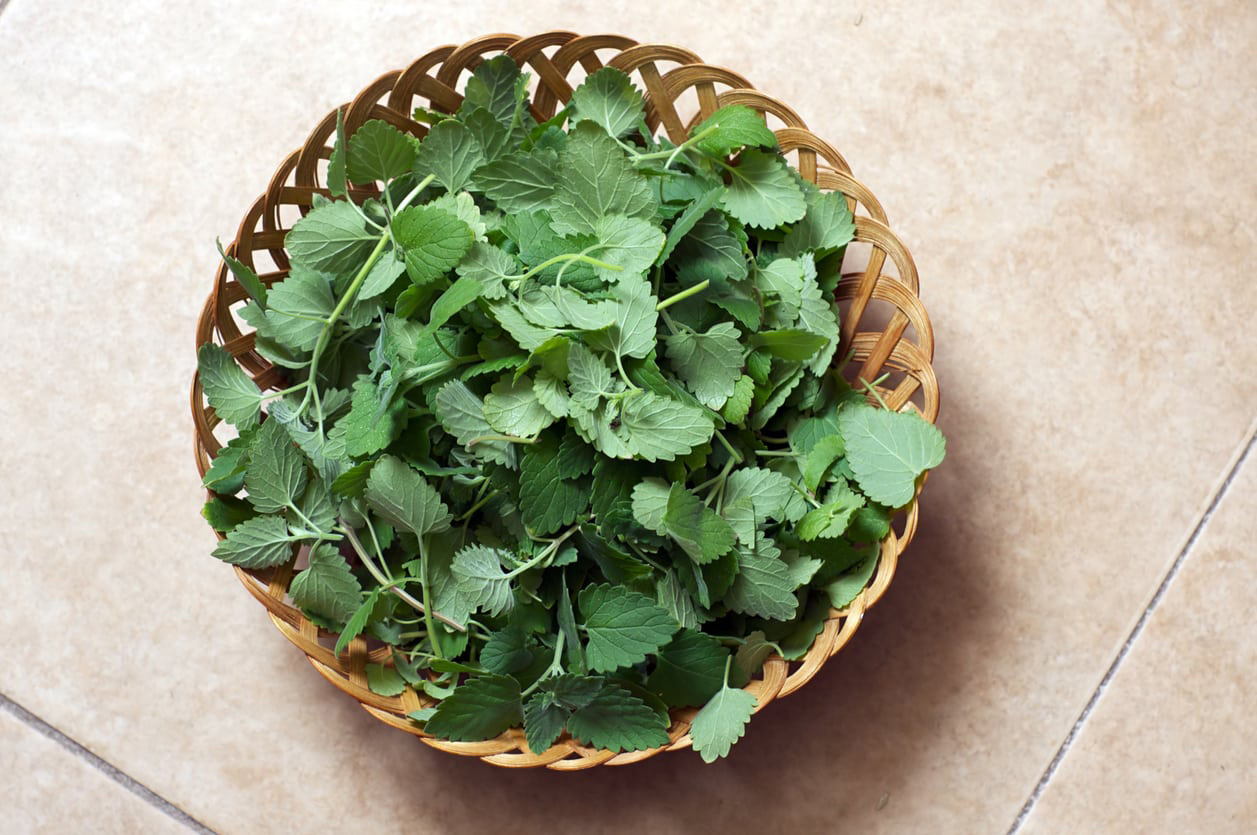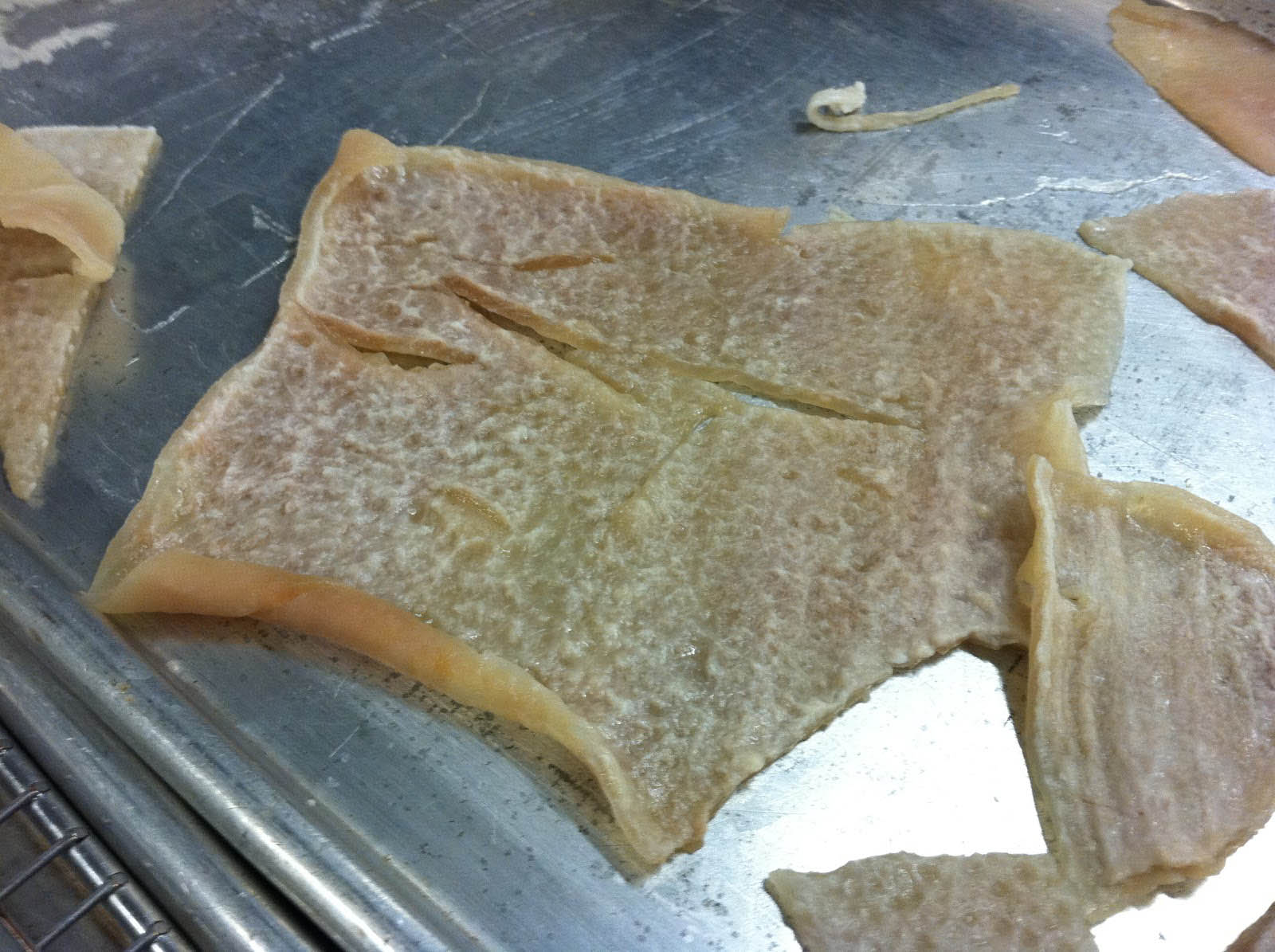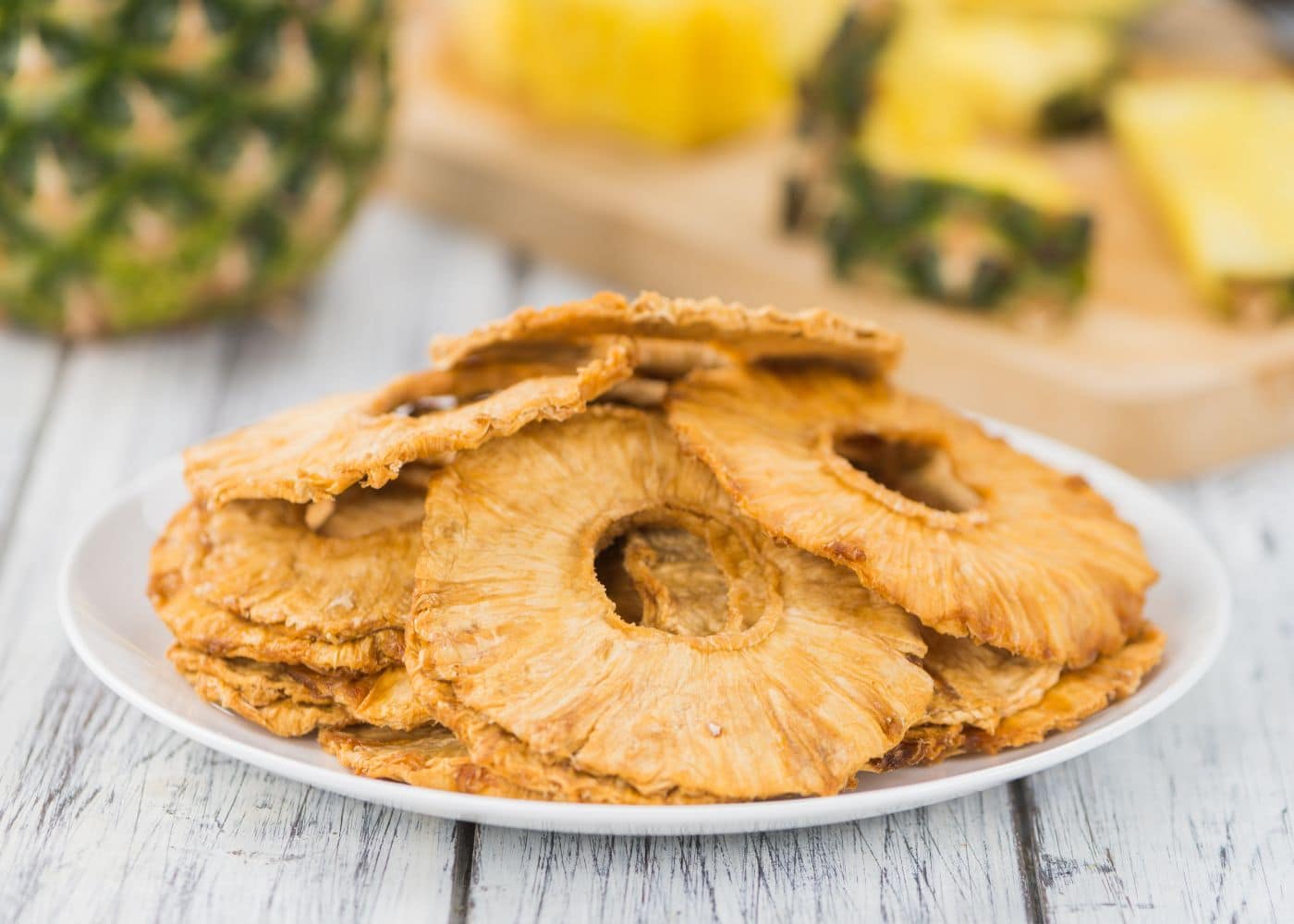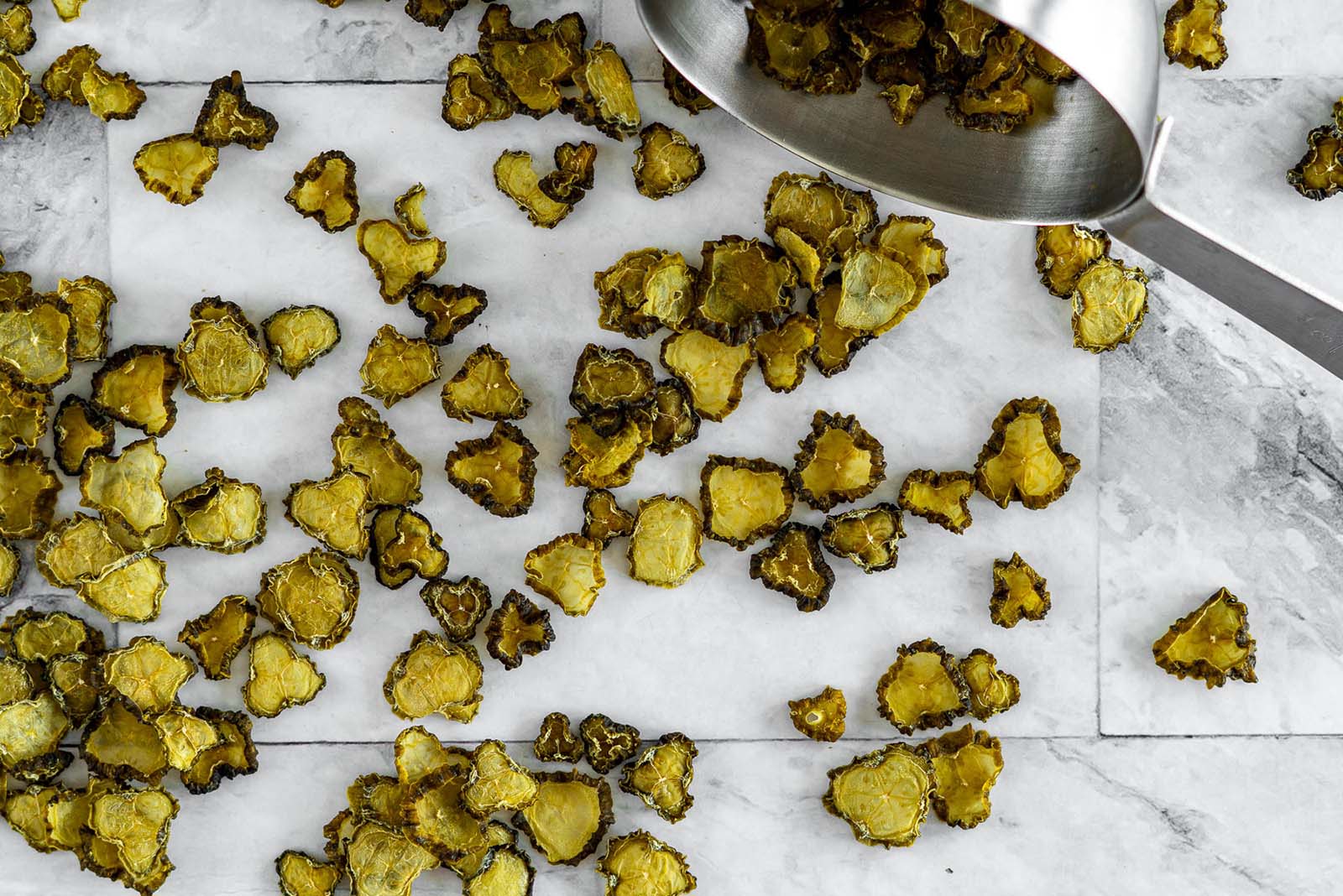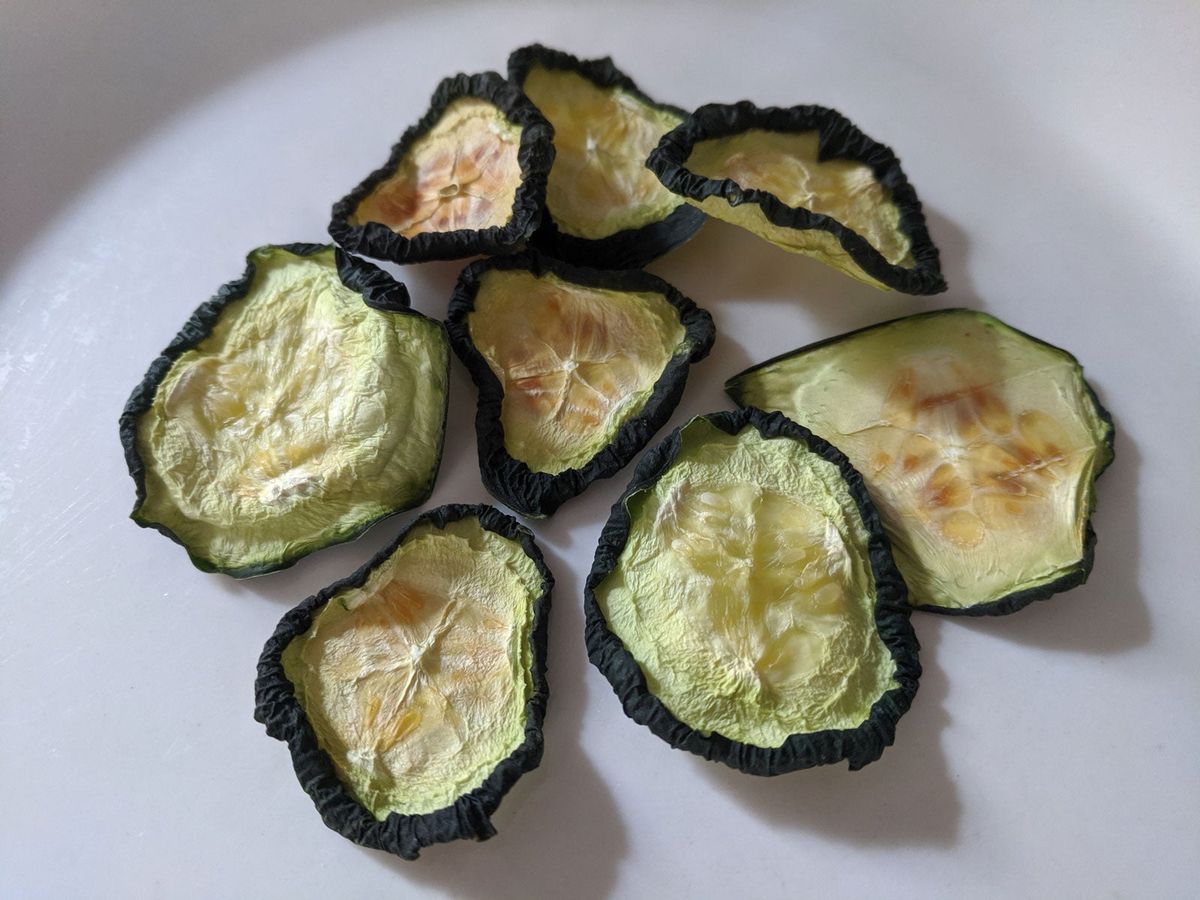Dehydrating Fish in a Dehydrator
Dehydrating fish in a dehydrator is a great way to preserve your catch and create delicious, long-lasting snacks. Whether you enjoy fishing as a hobby or have access to fresh fish, dehydrating is a simple and effective method to extend the shelf life of your fish. In this guide, we’ll walk you through the process of dehydrating fish in a dehydrator, so you can enjoy the flavors of the sea for months to come.
Choosing the Right Fish
When it comes to dehydrating fish, it’s important to start with the right type of fish. Fatty fish such as salmon, trout, and mackerel are ideal for dehydrating due to their high oil content, which helps preserve the fish and adds flavor. However, leaner fish like cod and halibut can also be dehydrated with delicious results.
Before dehydrating, ensure that the fish is fresh and free from any signs of spoilage. It’s best to use freshly caught fish or high-quality store-bought fish for the best results.
Preparing the Fish
Before you can start dehydrating, the fish needs to be properly prepared. Here’s a simple step-by-step guide to preparing fish for dehydration:
- Clean the fish thoroughly, removing scales, guts, and any bloodline.
- Cut the fish into thin, uniform strips. This will help ensure that the fish dehydrates evenly.
- Season the fish with your choice of flavors. Common seasonings for dehydrated fish include salt, pepper, garlic powder, and lemon juice.
Dehydrating the Fish
Now that the fish is prepared, it’s time to start the dehydration process. Follow these simple steps to dehydrate fish in a dehydrator:
- Arrange the fish strips on the dehydrator trays, ensuring that there is space between each strip for air circulation.
- Set the dehydrator to a temperature of 145°F (63°C) and allow the fish to dehydrate for 4-8 hours. The exact time will depend on the thickness of the fish and the humidity in the air.
- Check the fish regularly for doneness. The fish should be dry to the touch and slightly pliable, but not brittle.
Storing Dehydrated Fish
Once the fish is fully dehydrated, it’s important to store it properly to maintain its freshness. Here are some tips for storing dehydrated fish:
- Allow the fish to cool completely before storing it in an airtight container or vacuum-sealed bag.
- Store the fish in a cool, dark place to prevent exposure to light and heat, which can cause the fish to spoil.
- Properly stored, dehydrated fish can last for several months, providing you with a convenient and tasty snack whenever you need it.
Enjoying Dehydrated Fish
Once your fish is dehydrated and stored, it’s ready to be enjoyed in a variety of ways. Dehydrated fish makes a delicious and nutritious snack on its own, or it can be rehydrated and used in soups, stews, and other dishes. Get creative with your dehydrated fish and explore different flavor combinations to find your favorite way to enjoy this long-lasting seafood treat.
Dehydrating fish in a dehydrator is a simple and rewarding process that allows you to make the most of your fresh catch. With the right fish, proper preparation, and careful storage, you can enjoy the flavors of the sea for months to come.
Explore Creative Recipes and Further Applications
After mastering the art of dehydrating fish, why not put your new skills to the test with some innovative recipes? For a start, try the zesty lemon pepper cod which offer a zesty twist to your snack time. Alternatively, the herbal garlic trout is perfect for those who appreciate a hint of herbal flavors in their meals. For a unique culinary challenge, consider preparing the fish soup mix or the curried fish flakes, both of which can significantly enhance your stews with robust flavors. These recipes not only utilize your dehydrating skills but also encourage creative kitchen endeavors, making every meal an exciting adventure.
Was this page helpful?
Read Next: How To Dehydrate Scapes
